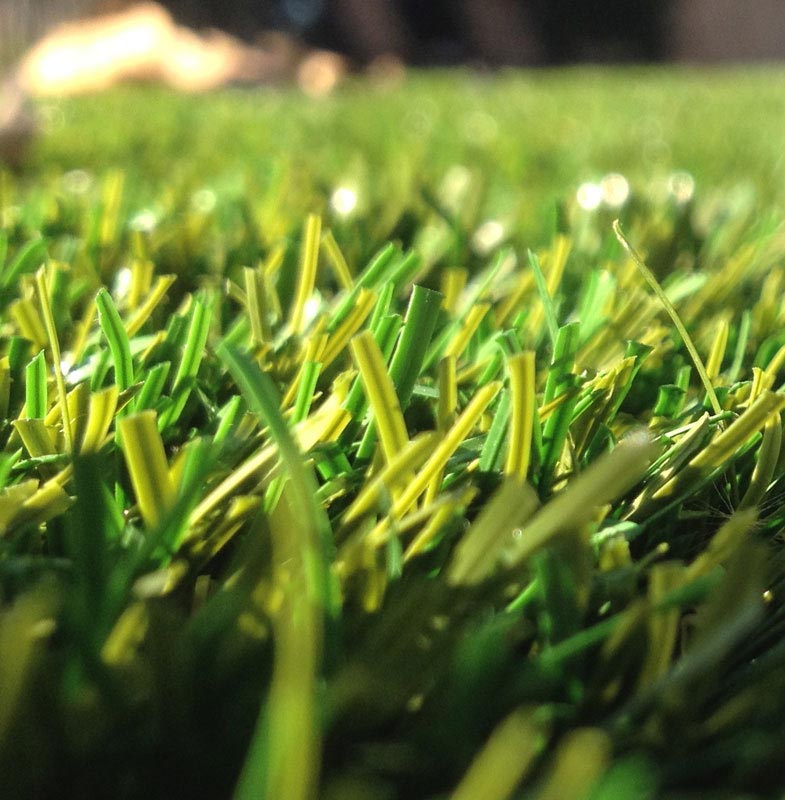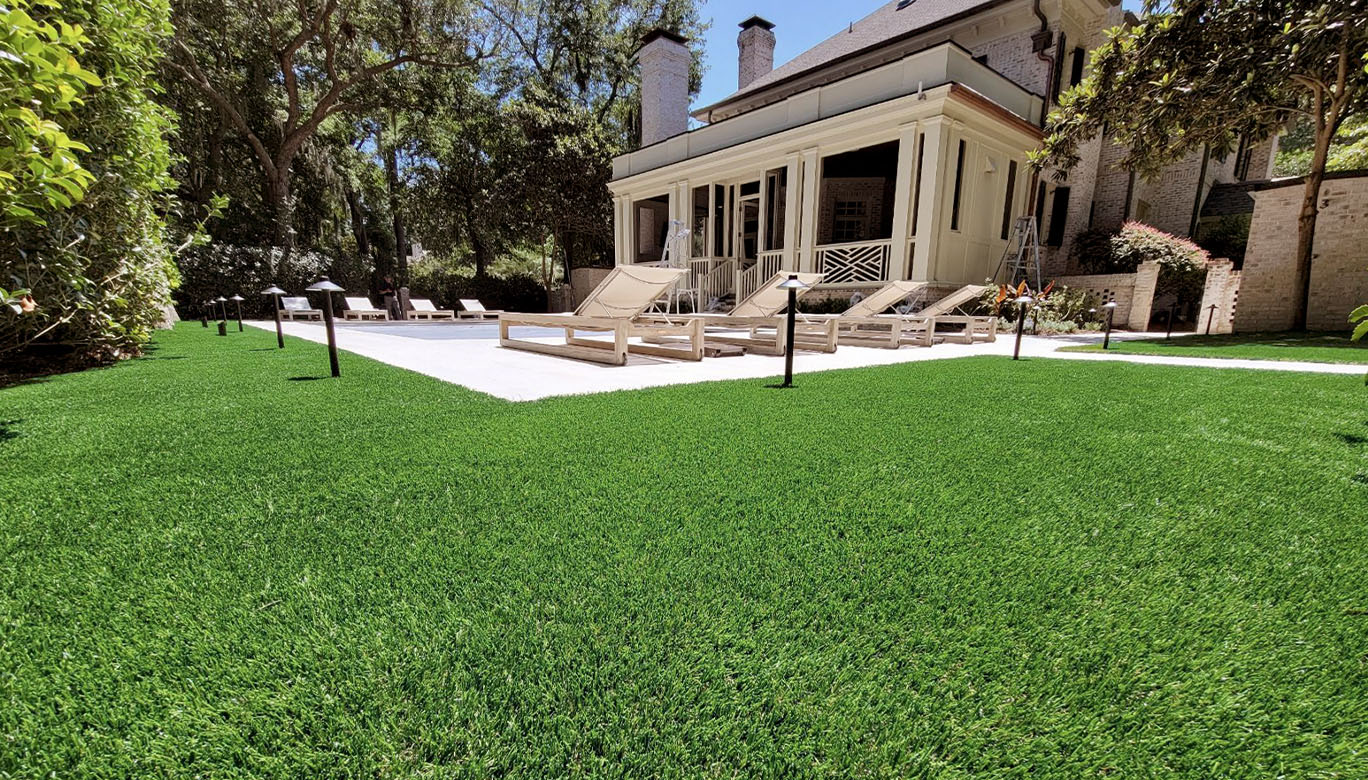See Why Homeowners Prefer Synthetic Grass for Sustainable Landscape Design Practices
As property owners significantly prioritize sustainability in landscape design, fabricated grass has actually arised as a compelling choice to typical lawn. What remains to be discovered is the complete extent of advantages that fabricated turf can supply to property owners and the environment alike.
Water Conservation Benefits
One of the most substantial advantages of synthetic lawn is its role in water conservation. In comparison, synthetic grass eliminates this demand totally, as it does not call for watering.
In addition, the installation of fabricated turf can add to an extra sustainable landscape. House owners can substantially decrease their water expenses, enabling reallocation of resources to various other environmental initiatives or home uses. In addition, synthetic grass is created to stand up to different weather problems without the need for supplementary watering, making it a perfect option for areas encountering water deficiency.
The ecological benefits prolong beyond prompt water cost savings. By lowering water consumption, synthetic grass assists to alleviate the influences of environment adjustment, maintaining important ecosystems that are endangered by excessive water extraction. As lasting landscape design techniques obtain traction, man-made lawn arises as a responsible option for house owners seeking to produce green exterior rooms.
Minimized Maintenance Initiatives
Synthetic lawn significantly reduces maintenance initiatives compared to standard lawn yards. With fabricated grass, home owners can eliminate the taxing jobs related to natural landscape design, such as mowing, feeding, and weeding. This not just saves important time yet additionally lowers physical labor, making grass treatment available for individuals of every ages.
Standard lawns need constant cutting to keep a cosmetically pleasing height, whereas man-made lawn remains consistently lush without the requirement for cutting. Furthermore, home owners no longer need to use plant foods or pesticides, which are commonly required to maintain all-natural yard healthy.
Moreover, synthetic grass is resistant and sturdy, calling for marginal upkeep past occasional brushing and rinsing to get rid of debris. This simplicity of upkeep permits homeowners to appreciate their outdoor spaces without the consistent concern of maintenance, supplying even more time for leisure and household activities. Inevitably, the reduced upkeep initiatives associated with synthetic grass make it an attractive alternative for those seeking a low-maintenance, visually appealing landscape.
Environmental Impact Decrease
There is a growing acknowledgment of the environmental advantages connected with man-made grass, especially in terms of water conservation and lowered chemical use. Standard lawns require substantial amounts of water, specifically in drought-prone regions, leading to increased pressure on neighborhood water sources. In contrast, synthetic grass gets rid of the demand for watering, considerably reducing water usage and advertising sustainability.
Additionally, traditional grass upkeep frequently includes the application of pesticides, plant foods, and herbicides, which can add to dirt and water contamination. Synthetic lawn minimizes this ecological hazard by calling for minimal upkeep and essentially getting rid of the need for unsafe chemicals. This not just enhances dirt wellness yet likewise safeguards local ecosystems from poisonous runoff.
Furthermore, the production of all-natural yard yards generally entails using fossil gas for trimming and landscaping tools, more adding to greenhouse gas emissions. By choosing synthetic grass, house owners can substantially decrease their carbon footprint connected with yard care activities.
Visual Allure and Convenience
Along with its environmental benefits, man-made grass offers substantial aesthetic charm and adaptability for landscaping. House owners can accomplish a lush, green appearance year-round, getting rid of the seasonal variations generally related to natural lawn. This regular aesthetic not just improves the visual allure of a home however additionally adds to a properly maintained and refined look.
Moreover, fabricated lawn is offered in a selection of appearances, colors, and designs, permitting modification to suit private choices and style styles - Phoenix turf companies. Whether utilized in residential gardens, business rooms, or entertainment areas, it can seamlessly integrate right into diverse imp source landscaping styles, from modern-day minimalist to lush exotic settings
The adaptability of synthetic grass extends beyond simple look; it can be mounted in numerous areas, including roofs, outdoor patios, and even interior rooms, creating possibilities for unique landscape design options. In addition, it appropriates for an array of tasks, from kids's backyard to pet-friendly settings, providing performance without endangering style.
Eventually, the aesthetic allure and flexibility of artificial turf make it an eye-catching choice for home owners looking for sustainable landscape design services that do not compromise appeal for ecological responsibility.

Long-Term Expense Savings
One of the most engaging benefits of synthetic turf is its potential for long-lasting cost savings. Unlike natural turf, which requires normal maintenance-- including mowing, watering, fertilizing, and insect control-- synthetic lawn significantly reduces these ongoing costs.
Additionally, synthetic grass has a lifespan of 15 to 25 years, depending on its quality and use. This durability lessens substitute expenses, making it a much more economical option over time. The initial financial investment in synthetic grass can often be redeemed through the financial savings built up over time.
While the in advance cost may seem greater compared my sources to turf installation, the advancing financial savings from reduced maintenance and water usage often outweigh these initial expenses. Inevitably, the adoption of synthetic grass not just promotes a sustainable landscaping service but also supplies homeowners a monetarily smart alternative that straightens with lasting budgeting objectives.
Conclusion
Artificial turf arises as an engaging choice for sustainable landscape design, supplying significant benefits in water conservation, minimized maintenance efforts, and decreased environmental impact. As communities significantly focus on environmentally pleasant practices, the adoption of artificial grass stands for a dynamic step toward attaining lasting and durable landscapes.
Additionally, fabricated turf is made to endure different climatic conditions without the requirement for supplemental watering, making it an excellent option for regions dealing with water scarcity. (Arizona turf)

Artificial lawn arises as a compelling choice for click now lasting landscape design, providing significant advantages in water conservation, decreased maintenance initiatives, and lessened environmental effect.